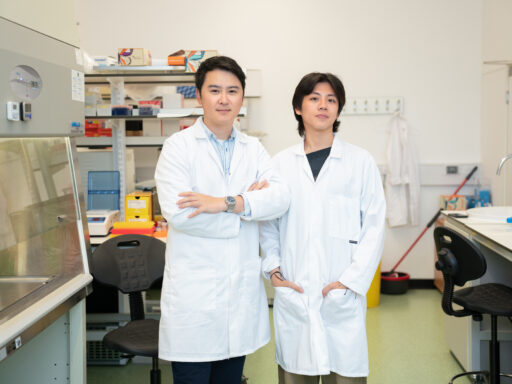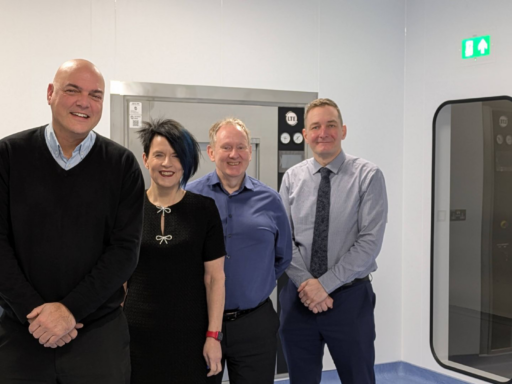Dr Mohamed Lotfy Hamed has reached a historic milestone in cosmetic surgery, performing the world’s first real-world clinical procedure using 3D-printed, personalised breast implants. This development sets a new standard in patient-focused care, distinguishing itself from earlier efforts that were limited to experimental or regulatory trial settings.
The achievement has been detailed in Plastic and Reconstructive Surgery Global Open, the official open-access journal of the American Society of Plastic Surgeons (ASPS). The study outlines a pioneering method of breast augmentation that integrates state-of-the-art technology with patient-specific artistry. Dr Hamed’s dual role as scientist and surgeon proved instrumental in both developing and performing this groundbreaking procedure. From conceptual design to clinical execution, he oversaw every aspect of the innovation, creating bespoke implants designed to integrate seamlessly with the human body.
“These implants are not just a technological advancement—they are a step toward redefining what’s possible in future plastic surgery,” said Dr Hamed. “Bringing this innovation from the lab to the operating room required not only scientific ingenuity but also surgical precision, and I am honoured to have played both roles in this breakthrough.”
The implants are crafted from ultra-lightweight, biocompatible materials and weigh just 33 grams—an astonishingly lighter alternative to traditional silicone implants, which often weigh more than 10 times as much. This novel design alleviates physical strain on the body while fostering natural tissue regeneration and vascularisation. Advanced technologies, including artificial intelligence, 3D printing, and plasma surface treatments, were employed to create implants tailored to the anatomy and preferences of individual patients.
In this case, a 28-year-old yoga instructor, seeking a natural and safe alternative to traditional implants, was the first to benefit. Her concerns centred on the compatibility of conventional implants with her active lifestyle. Eight months after the procedure, the results have been exceptional, showing no complications, flawless tissue integration, and a highly satisfying aesthetic outcome.
“This isn’t just a new type of implant—it’s a new horizon of plastic surgery,” Dr Hamed stated. “By eliminating risks like capsule formation and ensuring the implants work harmoniously with the body, not against it, we’ve opened the door to safer, more personalised plastic surgery solutions.”
Dr Hamed acknowledged that while this innovation marks a major advancement, further long-term studies are necessary to confirm its broader applicability. However, its successful implementation in a real clinical setting—outside regulatory trials—has paved the way for a revolutionary era in personalised cosmetic surgery.






